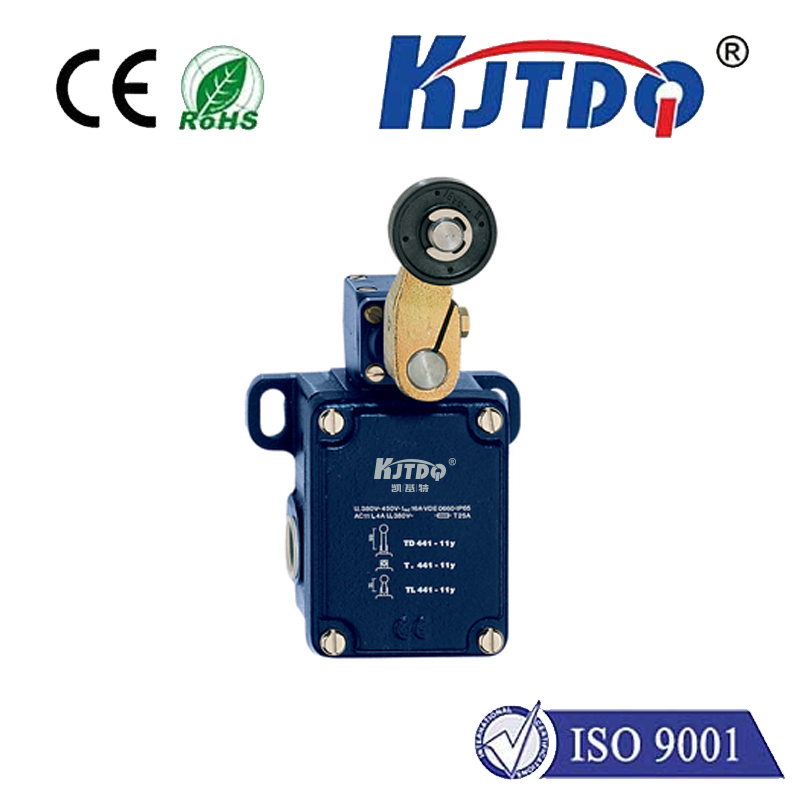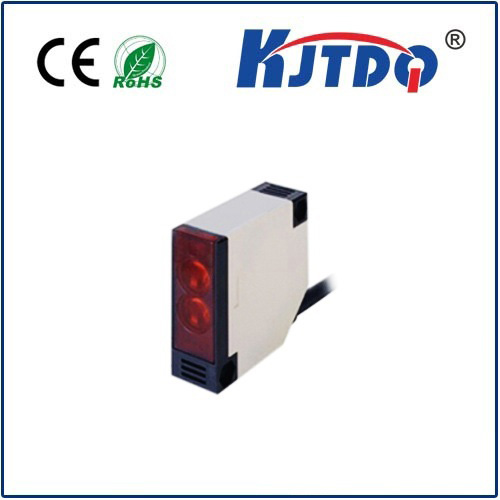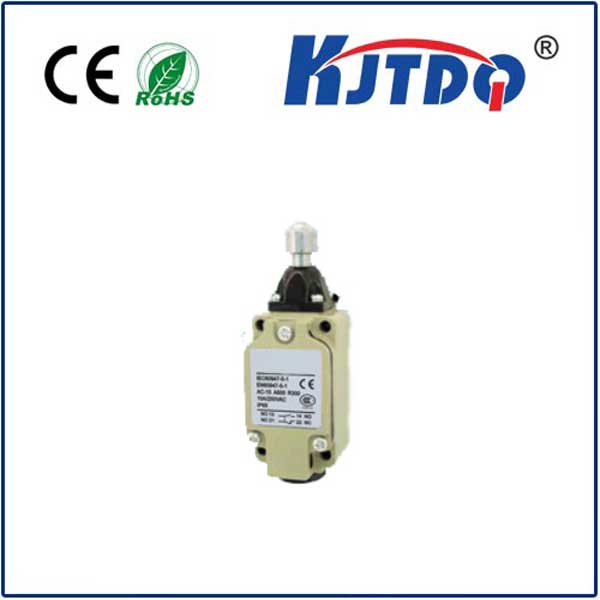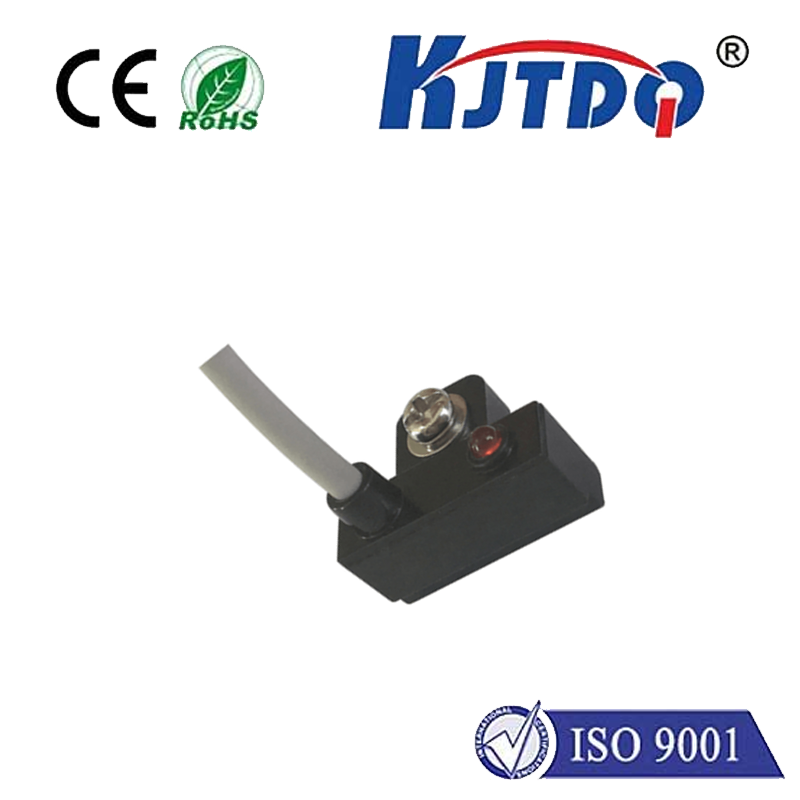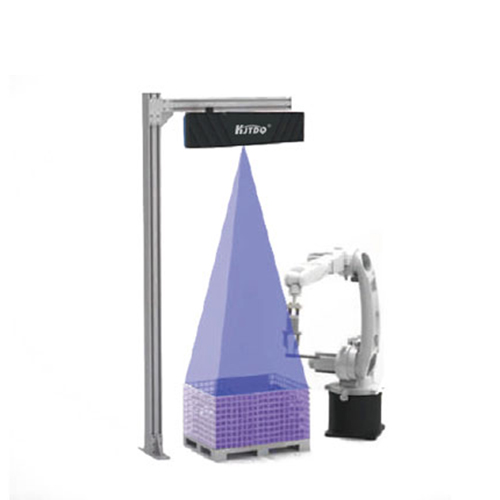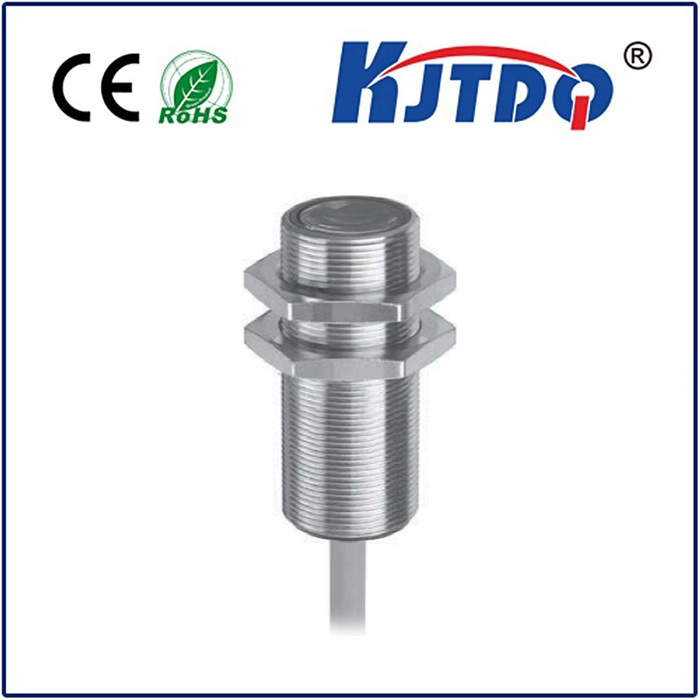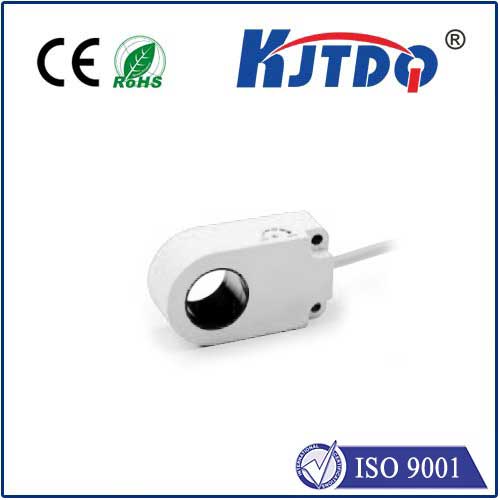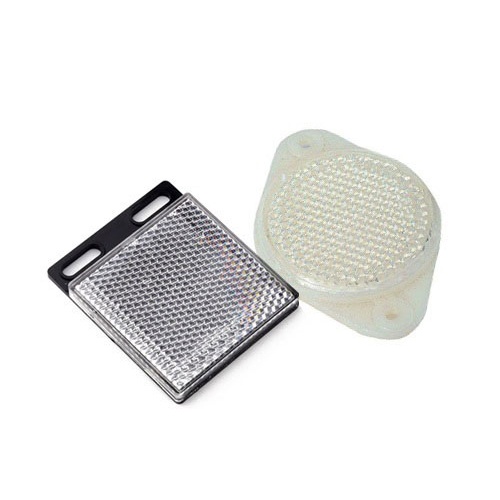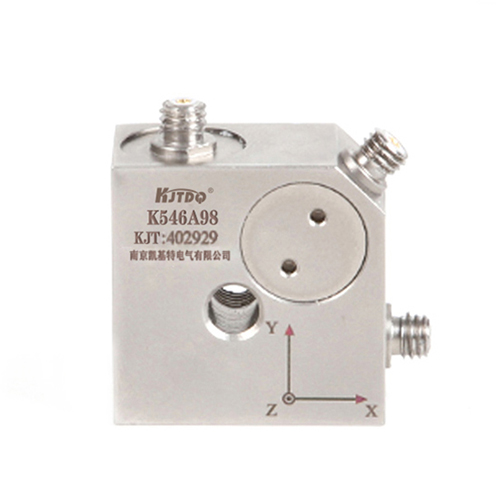proximity sensing system
- time:2025-06-24 02:07:50
- Click:0
Proximity Sensing Systems: The Silent Intelligence Behind Touchless Interaction
Imagine a world where your phone dims its screen automatically when held to your ear, factory robots navigate safely around human workers, and cars warn you before drifting lanes. This isn’t science fiction; it’s the everyday reality powered by proximity sensing systems. These remarkable technologies act as the unseen sentinels, detecting the presence, absence, or distance of objects without any physical contact, fundamentally changing how devices and machines interact with their environment.
Understanding the Essence: What is a Proximity Sensing System?
At its core, a proximity sensing system integrates one or more proximity sensors with processing logic to detect nearby objects and trigger appropriate responses. Unlike simple switches requiring touch, these systems operate on principles of non-contact detection, translating physical presence into actionable electronic signals. This ability makes them indispensable across countless modern applications, offering reliability, durability, and enhanced user experience.
The Technology Toolkit: How Do Proximity Sensors Work?

The magic behind proximity sensing lies in diverse physical principles, each suited to different scenarios. Key types include:
- Inductive Sensors: Primarily detect metallic objects. They generate an electromagnetic field. When a conductive metal enters this field, it induces eddy currents within the metal, altering the sensor’s own electromagnetic field. This change is detected, signaling the object’s presence. Highly reliable in harsh industrial environments with dust, oil, or vibration.
- Capacitive Sensors: Detect a much wider range of materials, including metals, plastics, liquids, and even the human body. They function by measuring changes in capacitance – the ability to store an electrical charge – between the sensor’s electrode and the ground. An approaching object alters this electrostatic field, triggering detection. Widely used in touchscreens, liquid level detection, and object presence applications.
- Ultrasonic Sensors: Emit high-frequency sound waves and measure the time taken for the echo to return after bouncing off an object. By calculating this time-of-flight, they determine distance. Effective for detecting various materials and surfaces, even in challenging lighting conditions, making them ideal for parking assistance and tank level monitoring.
- Optical Sensors (IR/Photoelectric): Use infrared (IR) light or visible light. They detect the interruption of a light beam (through-beam), the reflection of light off a target (retro-reflective), or the reflection of emitted light directly back to the sensor (diffuse). Offer long detection ranges and can distinguish between different materials based on reflectivity. Common in automation counting, security systems, and touchless switches.
- Magnetic Sensors (Hall Effect/Reed Switches): Detect the presence of magnetic fields. Hall effect sensors generate a voltage proportional to magnetic field strength, while reed switches are physical contacts activated by a magnet. Fundamental in applications like detecting door/window position, rotational speed sensing, and non-contact switching.
Where the Magic Happens: Key Applications
The versatility of proximity sensing systems leads to widespread adoption:
- Industrial Automation: The undisputed champion domain. Proximity sensors ensure precise position feedback for robotic arms, detect end-of-travel on cylinders, count products on conveyor belts (inductive/capacitive/photoelectric), and provide critical safety interlocks on machinery guards. Their robustness and non-contact nature prevent wear and tear, significantly reducing maintenance costs.
- Automotive: Modern vehicles are packed with proximity sensing technology. Ultrasonic sensors enable parking assistance and blind-spot detection. Inductive sensors monitor wheel speed for ABS. Capacitive sensors create touch-sensitive interior controls. Radar and LiDAR systems, advanced forms of proximity sensing, are the backbone of adaptive cruise control and collision avoidance – increasing safety exponentially.
- Consumer Electronics: That automatic screen dimming on your phone? Capacitive sensing. Touchless faucets and soap dispensers? Often capacitive or IR. Smart speakers detecting when you approach? IR proximity sensors. Wearables detecting when they are worn? Proximity sensing. These systems are crucial for intuitive, seamless, and energy-saving user interaction.
- Security and Access Control: Proximity cards (using RFID, a related technology) grant access. Motion detectors (often PIR sensors detecting infrared radiation) alert to movement. Magnetic sensors monitor door and window status. Together, they form the sensory network of modern security systems.
- Healthcare and Medical Devices: Proximity sensors ensure devices like infusion pumps operate correctly, detect fluid levels, provide touchless control to maintain sterility, and monitor patient position or bed occupancy. Enhancing both patient care and operational hygiene.
- Building Automation: Touchless light switches (capacitive/IR), automatic doors (optical/ultrasonic), and occupancy sensing for HVAC optimization all rely on proximity sensing for energy efficiency and user convenience.
The Compelling Advantages: Why Proximity Sensing?
The shift towards proximity sensing systems is driven by undeniable benefits:
- Non-Contact Operation: Eliminates mechanical wear and contamination, leading to vastly increased reliability and lifespan. Ideal for dirty, wet, or hazardous environments.
- High Speed and Reliability: Capable of detecting objects at incredibly fast speeds, essential for high-throughput automation. Offer consistent, repeatable performance.
- Versatility: Different sensor types cater to diverse materials (metal, plastic, liquid, organic), distances (millimeters to meters), and environmental conditions.
- Durability: Many proximity sensors are encapsulated and sealed, making them resistant to shock, vibration, moisture, dust, and chemicals.
- Enhanced Safety: Enable machinery to detect human presence for automatic shutdowns (safety light curtains are advanced optical proximity systems) and prevent collisions in robotics and vehicles.
- Improved User Experience: Facilitate touchless controls, automatic functions, and intuitive interactions in consumer devices and public spaces.
- Energy Efficiency: Enable systems to activate only when needed (e.g., automatic lights, display dimming), conserving power.
Looking Ahead: The Future is Sensing
The evolution of proximity sensing systems continues rapidly. Integration with AI and machine learning enables smarter context-aware detection. Miniaturization allows embedding into ever-smaller devices. Advances in solid-state LiDAR and radar promise even greater range, resolution, and accuracy for autonomous systems. The demand for touchless interfaces, driven by both convenience and hygiene, will further accelerate adoption. As the IoT (Internet of Things) proliferates, proximity sensing becomes a fundamental layer of data acquisition, feeding information about the physical world into the digital realm.






